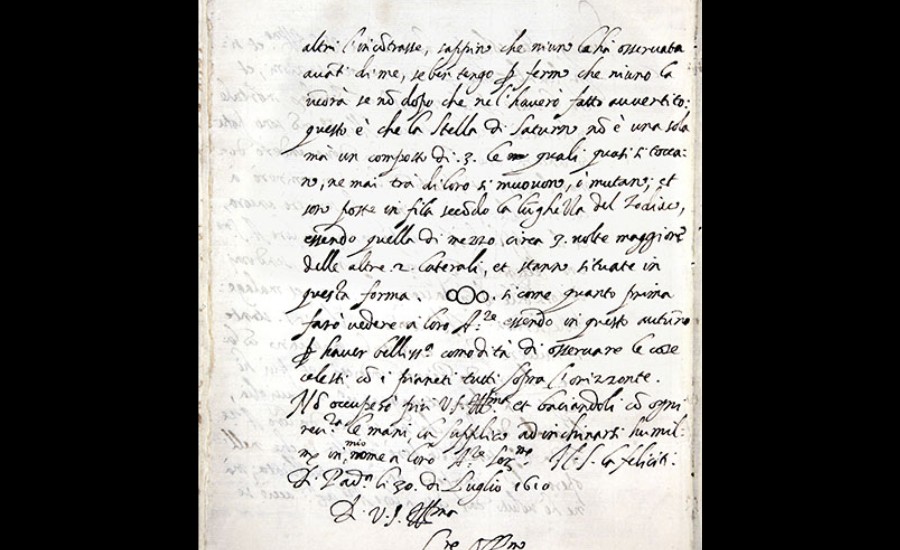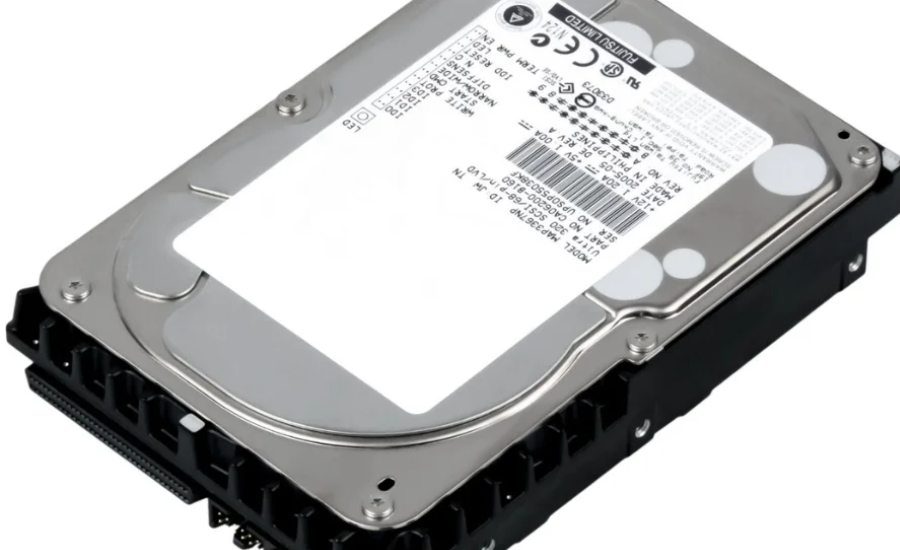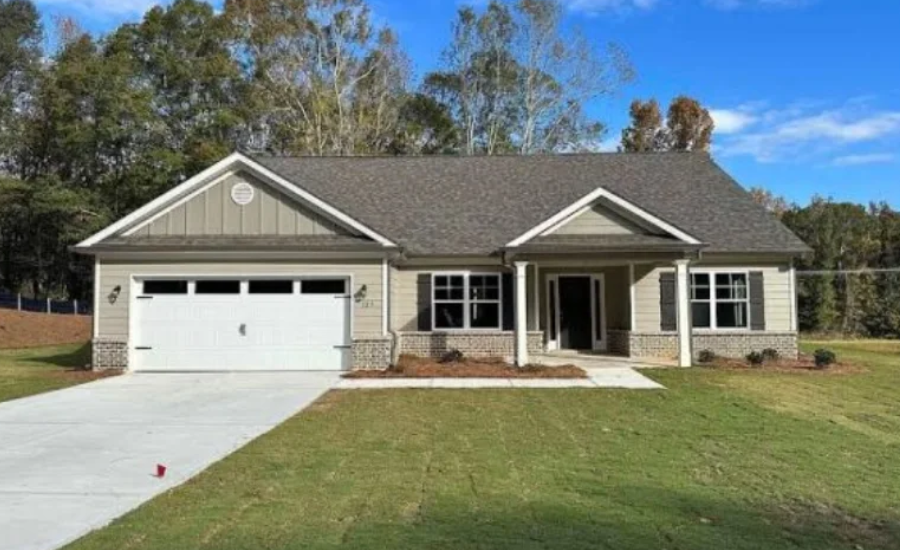One effective method for integrating Wowza Streaming Engine into your application development workflow is the Wowza Gradle Plugin. It automates processes like creating, distributing, and packaging streaming apps and gives developers control over Wowza Streaming Engine parameters. The plugin greatly improves the speed and convenience of working with Wowza’s powerful streaming platform by leveraging Gradle, a well-known automation tool, to manage dependencies, personalize workflows, and automate repetitive activities. The Wowza Gradle Plugin streamlines development while guaranteeing a seamless and optimal integration of streaming capabilities, whether you’re working on live streaming solutions or on-demand content distribution.
Efficient Streaming Application Management with the Wowza Gradle Plugin

Building, packaging, and deploying Streaming media is made easier with the Wowza Gradle Plugin’s seamless integration with Gradle, a top software development automation tool. The plugin efficiently manages dependencies, minimizes the need for manual procedures, and optimizes workflows by utilizing Gradle’s features. Developers can now concentrate more on producing top-notch streaming experiences rather than wasting time on tedious chores thanks to this integration, which increases productivity. For developers using Wowza Streaming Engine, the Wowza Gradle Plugin is a vital tool that offers a more automated and effective way to oversee the creation of streaming applications.
Streamlining Development with Gradle’s Automated Build and CI/CD Integration
Gradle offers developers a powerful and streamlined approach to managing builds through automation. By allowing developers to define tasks, dependencies, and configurations within a single, unified script, it ensures consistency and efficiency across different development environments. This structure reduces the complexity of the build process, making it easier for teams to maintain high standards in their workflows.
Additionally, Gradle’s flexibility and seamless integration with popular tools such as Jenkins and Docker make it a cornerstone of Continuous Integration and Continuous Deployment (CI/CD) practices. Its ability to automate various stages of development helps teams deliver quality software quickly and consistently, reinforcing its value in modern software development cycles.
Key Features of the Wowza Gradle Plugin for Streamlined Development and Deployment
The Wowza Gradle Plugin brings a host of capabilities to improve the development lifecycle, allowing for a more efficient, automated, and customizable approach to building and deploying Wowza streaming applications. Here are some of its key features:
Streamlined Build and Deployment Automation
One of the standout features of the Wowza Gradle Plugin is its ability to automate the compilation and packaging of Wowza modules. By reducing the need for manual intervention, it helps eliminate human error and accelerates the build process. This automation ensures that every build is consistent and efficient, ultimately saving valuable time for developers.
Seamless Dependency Management
Managing dependencies, especially when integrating third-party tools or working with Wowza-specific libraries, can often be complex and error-prone. The Wowza Gradle Plugin simplifies this by automatically handling and resolving dependencies. This feature ensures that all required components are included in your project, minimizing the risk of missing files or conflicts between different dependencies.
Customizable Build Configuration
Flexibility is key when working with custom Wowza applications. The Wowza Gradle Plugin provides developers with the ability to create and modify build scripts tailored to their specific needs. This level of customization allows users to adjust settings and configurations easily, without affecting the core functionality of their applications.
Smooth Integration with Existing Gradle Workflows
For developers already familiar with Gradle, the Wowza Gradle Plugin integrates effortlessly into existing Gradle build scripts. Users can continue using familiar Gradle commands, such as build, deploy, and clean, to manage their Wowza applications from the command line, streamlining their workflow without the need for additional tools or processes.
Efficient Server Management
Managing Wowza servers is made easier with commands like gradle deployWowza, gradle startWowza, and gradle stopWowza. These commands allow developers to control and manage multiple Wowza server instances directly within their development environment, reducing the need for manual server management and improving overall efficiency.
The Wowza Gradle Plugin brings an array of features designed to save time, enhance productivity, and ensure smooth operation for developers working on Wowza-based streaming applications.
Customizable Configuration Options with the Wowza Gradle Plugin
The Wowza Gradle Plugin offers significant flexibility by allowing developers to configure key settings directly within the build.gradle file. This level of customization helps optimize deployment processes for various environments, whether for development, testing, or production. Some of the key properties that developers can control include:
- Engine Directory Configuration
Developers can specify the exact location of the Wowza Streaming Engine, ensuring the plugin works with the appropriate installation directory. This flexibility is particularly valuable when managing multiple Wowza environments or setups. - Deployment Directory Setup
The plugin allows users to define where compiled modules and configuration files are deployed. By customizing this setting, developers can streamline their deployment process and ensure that files are placed in the correct directories based on project requirements. - Server and Virtual Host Configuration
For even more control, the Wowza Gradle Plugin enables developers to customize the server (Server.xml) and virtual host (VHost.xml) configurations. This integration with the build script ensures that adjustments to server settings can be made easily and consistently, without needing to manually edit the configuration files after every deployment.
These customizable options ensure that the Wowza Gradle Plugin can be tailored to meet the specific needs of different projects, helping developers maintain efficiency while ensuring seamless integration across diverse deployment environments.
Boosting Development Efficiency and Consistency with the Wowza Gradle Plugin

Utilizing the Wowza Gradle Plugin can greatly streamline your development workflow, offering numerous advantages that improve both the speed and quality of your projects. Here are some of the key benefits:
Enhanced Development Speed and Accuracy
The Wowza Gradle Plugin automates many repetitive and time-consuming tasks within the development process, allowing developers to shift their focus to more creative aspects of coding. By reducing the need for manual configurations, it accelerates the development cycle and minimizes the potential for human error, making the entire process more efficient.
Uniformity Across Multiple Environments
One of the standout features of the plugin is its ability to ensure that configurations remain consistent across various environments, such as testing, staging, and production. This uniformity is crucial for maintaining the stability and predictability of the application, no matter where it’s deployed. With standardized settings, developers can avoid unexpected issues during deployment and ensure smooth transitions between different stages of the project.
Versatile Deployment Capabilities
The Wowza Gradle Plugin’s flexibility is another major advantage. It is designed to support multiple Wowza instances and diverse deployment environments, making it an ideal solution for projects with varying deployment requirements. This capability ensures that developers can easily deploy applications to any target environment, whether it’s a local setup, a cloud-based platform, or a large-scale production server, all with minimal effort.
By integrating the Wowza Gradle Plugin into your workflow, you can significantly improve efficiency, consistency, and deployment flexibility, making it an essential tool for modern streaming application development.
Streamlining Wowza Server Management with the Wowza Gradle Plugin
The Wowza Gradle Plugin provides a robust set of tools to simplify the management of Wowza Streaming Engine within the Gradle build framework. By integrating directly into the development pipeline, this plugin allows developers to automate various server-related tasks, such as starting, stopping, and deploying Wowza servers, directly from their build scripts.
Seamless Integration with Gradle for Efficient Workflow Management
Designed to work effortlessly with Gradle, the Wowza Gradle Plugin enables developers to define specific tasks related to the Wowza Streaming Engine within their build scripts. This integration makes it possible to manage and automate key processes, such as starting servers or deploying updated configuration files, as part of the regular build and deployment routine.
Optimizing Development Workflows with Customizable Automation
A typical use case for the plugin involves automating the process of starting a Wowza server, deploying updated streaming configurations, and halting the server after testing is complete. Developers can further customize these workflows by creating unique tasks tailored to the needs of their projects. For example, they can manage multiple Wowza server instances across various environments, such as development, testing, and production, all without leaving their build environment.
By using the Wowza Gradle Plugin, developers can significantly streamline their workflows, reduce manual tasks, and integrate Wowza server management into their continuous integration/continuous deployment (CI/CD) pipelines, leading to more efficient and reliable development processes.
Installing and Configuring the Wowza Gradle Plugin for Seamless Streaming Management

Before beginning the installation of the Wowza Gradle Plugin, it is important to ensure that your environment meets the necessary prerequisites. You should have a compatible version of the Wowza Streaming Engine installed, along with a modern version of Gradle—ideally version 6.0 or later—to ensure smooth integration and compatibility with the plugin.
Step-by-Step Guide to Installing the Wowza Gradle Plugin
To install the Wowza Gradle Plugin, the first step is to add the plugin dependency to your project’s build.gradle file. This can be done either by including the plugin in the plugins block or manually within the build script itself. Once this step is complete, Gradle will automatically fetch the plugin and integrate it into your project’s build environment, ready to be utilized.
Configuring the Plugin for Optimal Performance
After the plugin is successfully installed, the next step is configuring it to suit your specific needs. This involves specifying important parameters, such as the location of your Wowza server, ports, and any necessary credentials. These configuration details can be added directly to the build.gradle file or managed through external configuration files. For example, you may configure tasks that start and stop the Wowza server before or after the build process, optimizing your workflow and ensuring that your server management is handled efficiently throughout your development lifecycle.
Read More: 0.67×5000 Explained
Final Words
The Wowza Gradle Plugin streamlines the development and deployment of streaming applications by automating key tasks, managing dependencies, and simplifying server configurations. With its seamless integration into Gradle workflows, this plugin significantly reduces manual efforts and enhances productivity for developers working with the Wowza Streaming Engine. Whether you’re managing multiple Wowza instances or deploying complex streaming configurations, the plugin’s flexibility and ease of use ensure a more efficient and consistent workflow. By leveraging this tool, developers can focus more on creating innovative solutions while the plugin handles the complexities of build automation and server management.
For More Information Check It On This Link Insight Rays



